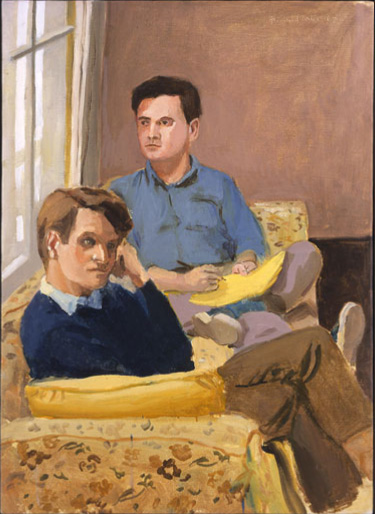Jealousy. Whispered weather reports.
In the street we found boxes
Littered with snow, to burn at home.
What flower tolling on the waters
You stupefied me. We waxed,
Carnivores, late and alight
In the beaded winter. All was ominous, luminous.
Beyond the bed’s veils the white walls danced
Some violent compunction. Promises,
We thought then of your dry portals,
Bright cornices of eavesdropping palaces,
You were painfully stitched to hours
The moon now tears up, scoffing at the unrinsed portions.
And love’s adopted realm. Flees to water,
The coach dissolving in mists.
A wish
Refines the lines around the mouth
At these ten-year intervals. It fumed
Clear air of wars. It desired
Excess of core in all things. From all things sucked
A glossy denial. But look, pale day:
We fly hence. To return if sketched
In the prophet’s silence. Who doubts it is true?
(John Ashbery, from Some Trees.)
